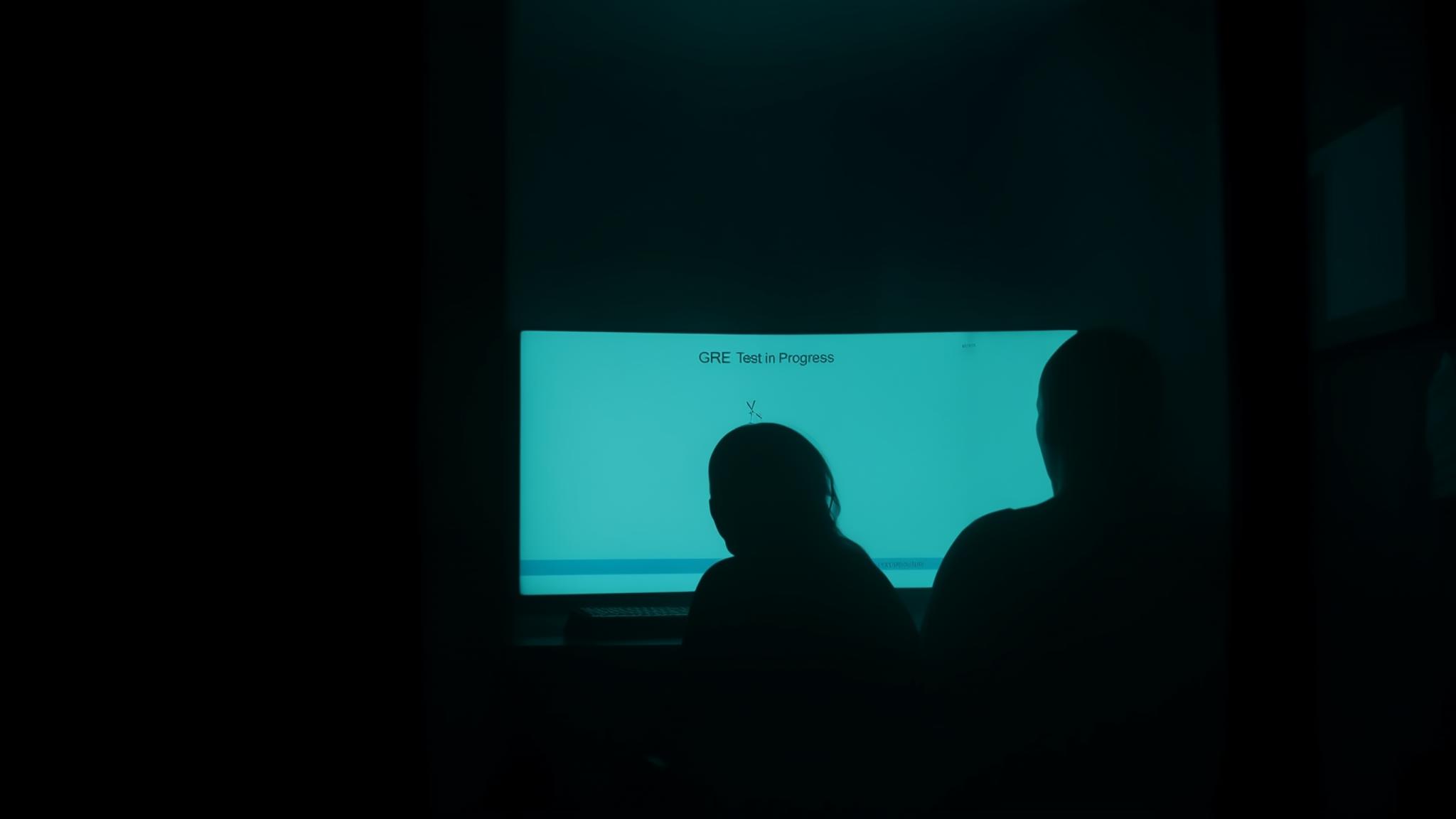-
Table of Contents
- Unveiling the Tactics: A Deep Dive into Test-Taking Cheating Strategies
- Traditional Cheating Methods: Enduring Techniques
- Physical Aids and Hidden Notes
- Copying and Collaboration
- Exploiting Test Security Weaknesses
- Technological Cheating: The Digital Frontier
- Smart Devices and Wearable Technology
- Online Resources and Contract Cheating
- Advanced Technologies: AI and Beyond
- Case Studies and Examples
- The Harvard Cheating Scandal (2012)
- The University of Virginia Case (2014)
Okay, here’s a comprehensive, SEO-focused article on test-taking cheating, designed for a WordPress editor, incorporating your requirements.
“`html
Unveiling the Tactics: A Deep Dive into Test-Taking Cheating Strategies

The integrity of academic assessments is paramount to ensuring fair evaluation and maintaining the value of educational qualifications. However, the persistent challenge of test-taking cheating continues to plague educational institutions worldwide. Understanding the methods employed by those who attempt to circumvent the system is crucial for developing effective preventative measures. This article delves into the diverse strategies used for cheating, examining historical context, technological advancements, and psychological factors that contribute to this complex issue. We will explore various techniques, from traditional methods to sophisticated digital approaches, providing a comprehensive overview of the landscape of academic dishonesty.
Traditional Cheating Methods: Enduring Techniques
Despite the rise of technology, traditional cheating methods remain surprisingly prevalent. These techniques often rely on simple ingenuity and pre-test preparation.
Physical Aids and Hidden Notes
One of the oldest and most straightforward methods involves concealing information on one’s person or within the testing environment. This can take various forms:
- Hidden Notes: Small pieces of paper with key formulas, definitions, or answers are concealed in pockets, shoes, or even under fingernails.
- Written on Body Parts: Writing answers or formulas on hands, arms, or legs.
- Pre-Prepared Materials: Bringing in unauthorized textbooks, notes, or study guides.
The effectiveness of these methods depends on the test-taker’s ability to access and utilize the information discreetly. The risk of detection is relatively high, but the simplicity of the approach makes it a persistent problem.
Copying and Collaboration
Observing and replicating answers from other test-takers is another common strategy. This can involve:
- Direct Copying: Simply looking at a neighbor’s answer sheet.
- Subtle Communication: Using hand signals, coded language, or other non-verbal cues to exchange information.
- Pre-Arranged Collaboration: Students working together before the test to divide up the material and share answers during the exam.
The success of copying relies on seating arrangements and the vigilance of proctors. However, even with strict supervision, subtle forms of communication can be difficult to detect.
Exploiting Test Security Weaknesses
Sometimes, cheating opportunities arise from vulnerabilities in the test administration process. This can include:
- Gaining Prior Access to the Test: Obtaining a copy of the test before the scheduled administration, either through leaks or unauthorized access.
- Exploiting Proctor Inattentiveness: Taking advantage of lax supervision to access unauthorized materials or communicate with others.
- Compromising Test Materials: Altering answers after the test has been submitted or tampering with the grading process.
These types of cheating often involve more significant planning and carry higher risks, but the potential rewards can be substantial.
Technological Cheating: The Digital Frontier
The advent of technology has introduced new and sophisticated methods of cheating, making detection more challenging. These techniques leverage the power of digital devices and the internet to access information and communicate with others.
Smart Devices and Wearable Technology
Smartphones, smartwatches, and other wearable devices offer a wealth of opportunities for cheating:
- Accessing Information: Using search engines, online databases, or stored notes to find answers.
- Communicating with Others: Sending and receiving messages via text, email, or social media.
- Storing Information: Storing notes, formulas, or even entire textbooks on the device.
The small size and discreet nature of these devices make them difficult to detect. Many institutions have implemented policies prohibiting the use of electronic devices during exams, but enforcement can be challenging.
Online Resources and Contract Cheating
The internet provides access to a vast array of resources that can be used for cheating:
- Online Answer Keys: Searching for answers to specific test questions on websites or online forums.
- Contract Cheating: Hiring someone else to complete the test or assignment on their behalf. This can involve paying for essays, research papers, or even entire online courses.
- Collaborative Platforms: Using online platforms to share answers and collaborate with other test-takers in real-time.
Contract cheating is a particularly concerning trend, as it undermines the entire assessment process. It is often difficult to detect, as the work is typically original and tailored to the student’s level.
Advanced Technologies: AI and Beyond
Emerging technologies like artificial intelligence (AI) are creating new possibilities for cheating:
- AI-Powered Answer Generation: Using AI tools to generate answers to complex questions or solve problems.
- Image Recognition and Search: Taking pictures of test questions and using image recognition to find answers online.
- Automated Essay Writing: Using AI-powered tools to generate essays or research papers.
These technologies are constantly evolving, making it increasingly difficult to stay ahead of the curve. Educational institutions need to adapt their assessment methods and detection strategies to address these new challenges.
Case Studies and Examples
Examining real-world examples of cheating incidents can provide valuable insights into the tactics employed and the consequences faced.
The Harvard Cheating Scandal (2012)
In 2012, Harvard University was rocked by a cheating scandal involving over 125 students in an introductory government class. The students were accused of collaborating on a take-home exam, sharing answers, and plagiarizing material. The scandal led to disciplinary action against many of the students involved, highlighting the serious consequences of academic dishonesty.







